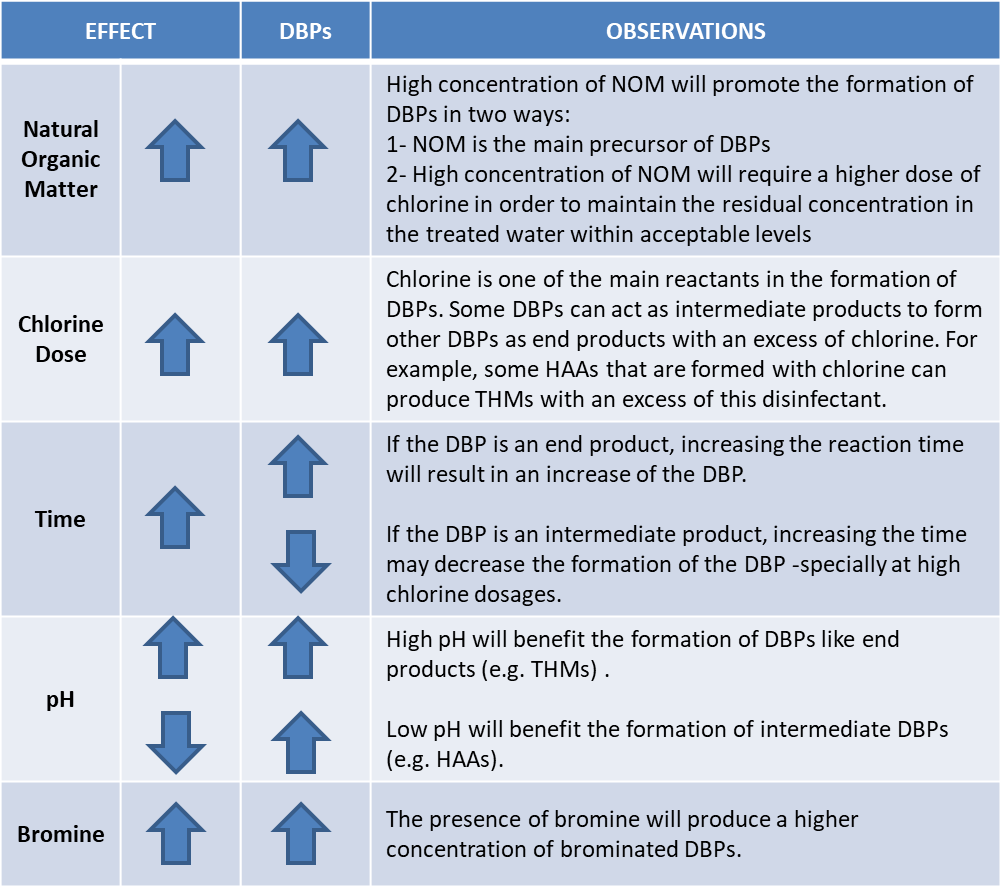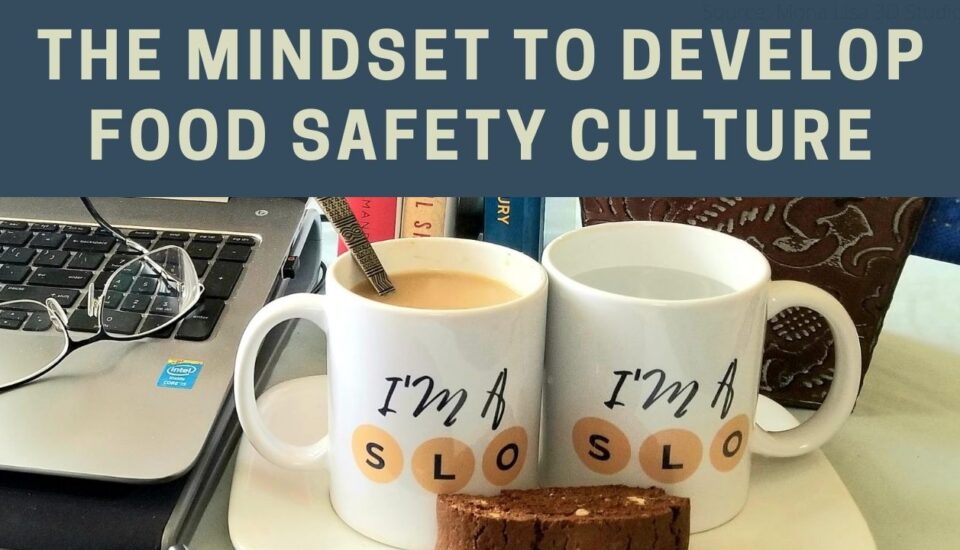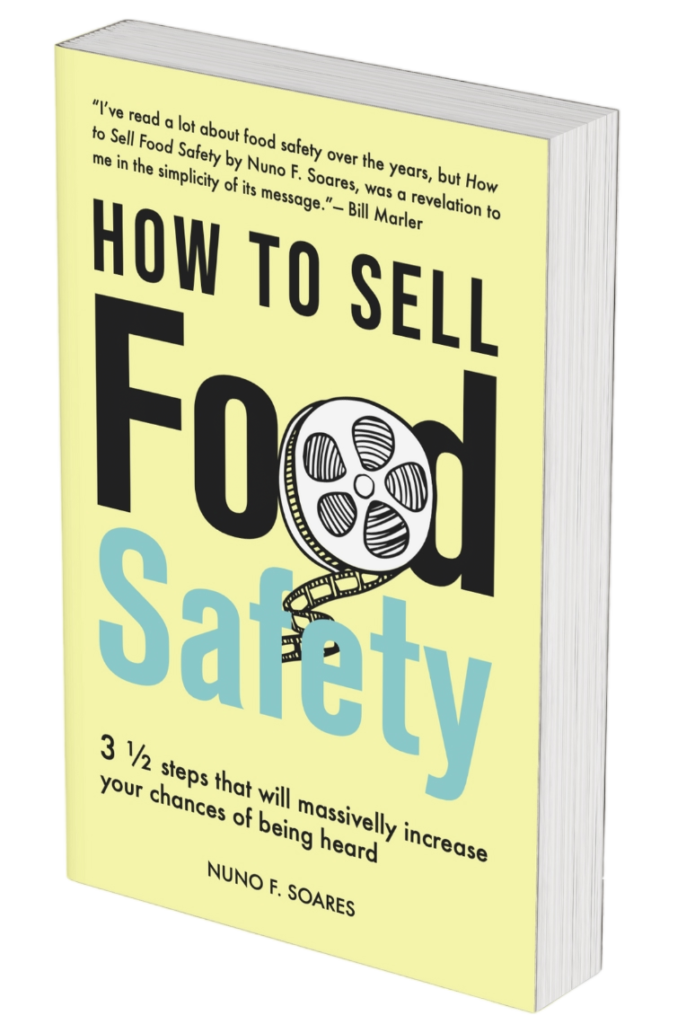This article was written in collaboration with Aldo Estela
Disclaimer: The information contained on this article is based on research done in the last months and the authors personal experience and opinion. It is not intended to represent the view of any organization they work for or collaborate with. The author will not be held liable for the use or misuse of the information provided in the article.
References
Centers for Disease Control and Prevention. (2016, December 2). Disinfection By-Products. Retrieved February 4, 2019, from Safe Water System: https://www.cdc.gov/safewater/chlorination-byproducts.html
Karlin, R. (1999). Disinfection By-Products – A View from North America. In M. Fielding, & M. Farrimond (Eds.), Disinfection By-Products in Drinking Water: Current Issues(pp. 9-19). Cambridge: Royal Society of Chemistry.
McGuire, M. J. (2013). The Chlorine Revolution: Water Disinfection and the Fight to Save Lives.Denver, CO: American Water Works Association.
Mitch, X.-F. L. (2018). Drinking Water Disinfection Byproducts (DBPs) and Human Health Effects: Multidisciplinary Challenges and Opportunities. Environmental Science & Technology , 52 (4), 1681-1689.
Villanueva, C. M., Cordier, S., Font-Ribera, L., Salas, L. A., & Levallois, P. (2015). Overview of Disinfection By-Products and Associated Health Effects. Current Environmental Health Report, 2(1), 107-115.
World Health Organization. (n.d.). Disinfectants and Disinfection By-Products.Retrieved from WHO Seminar Pack for Drinking-Water Quality: https://www.who.int/water_sanitation_health/dwq/S04.pdf
Xie, Y. F. (2003). Disinfection byproducts in drinking water: formation, analysis, and control.Boca Raton, FL: Lewis Publishers.










